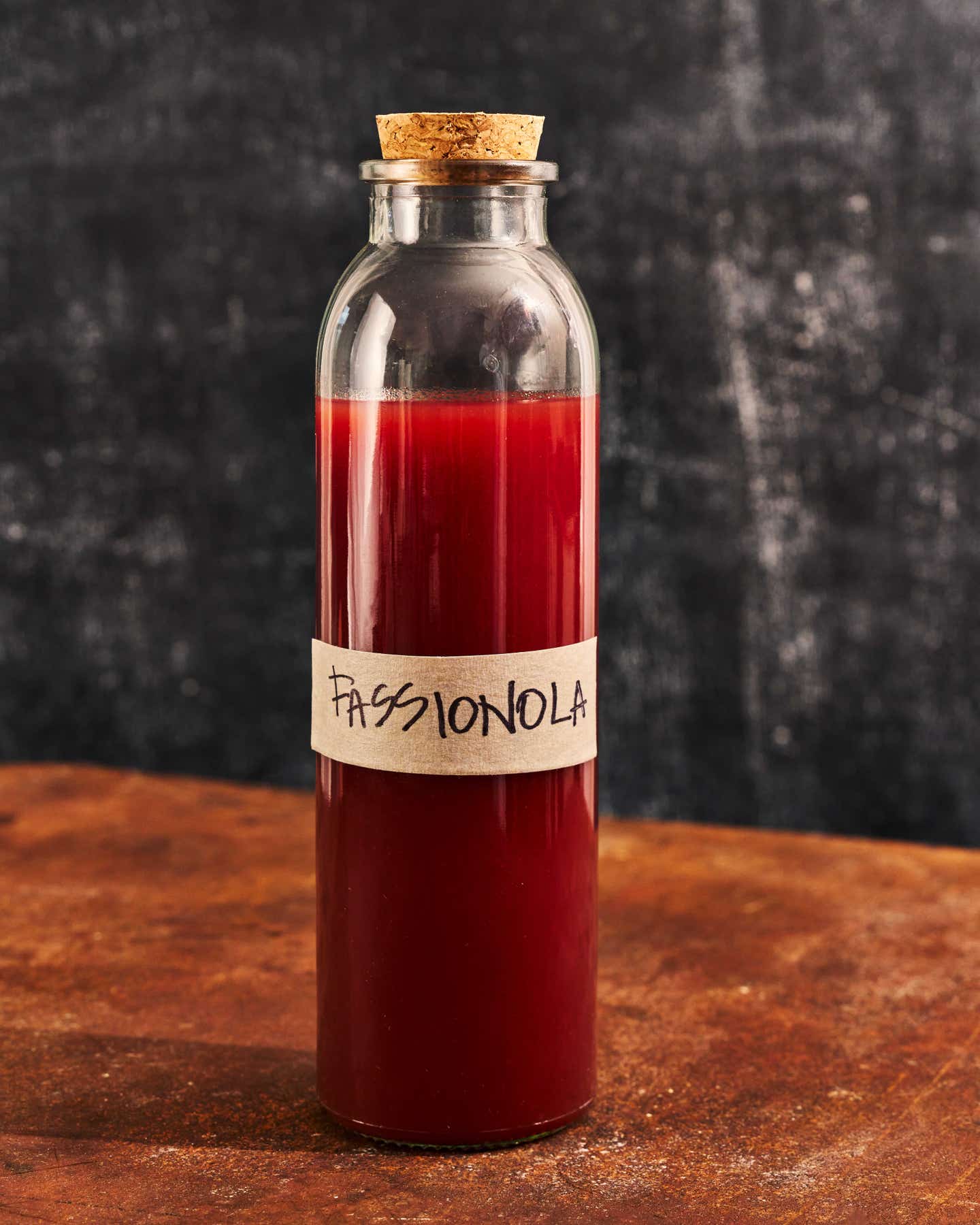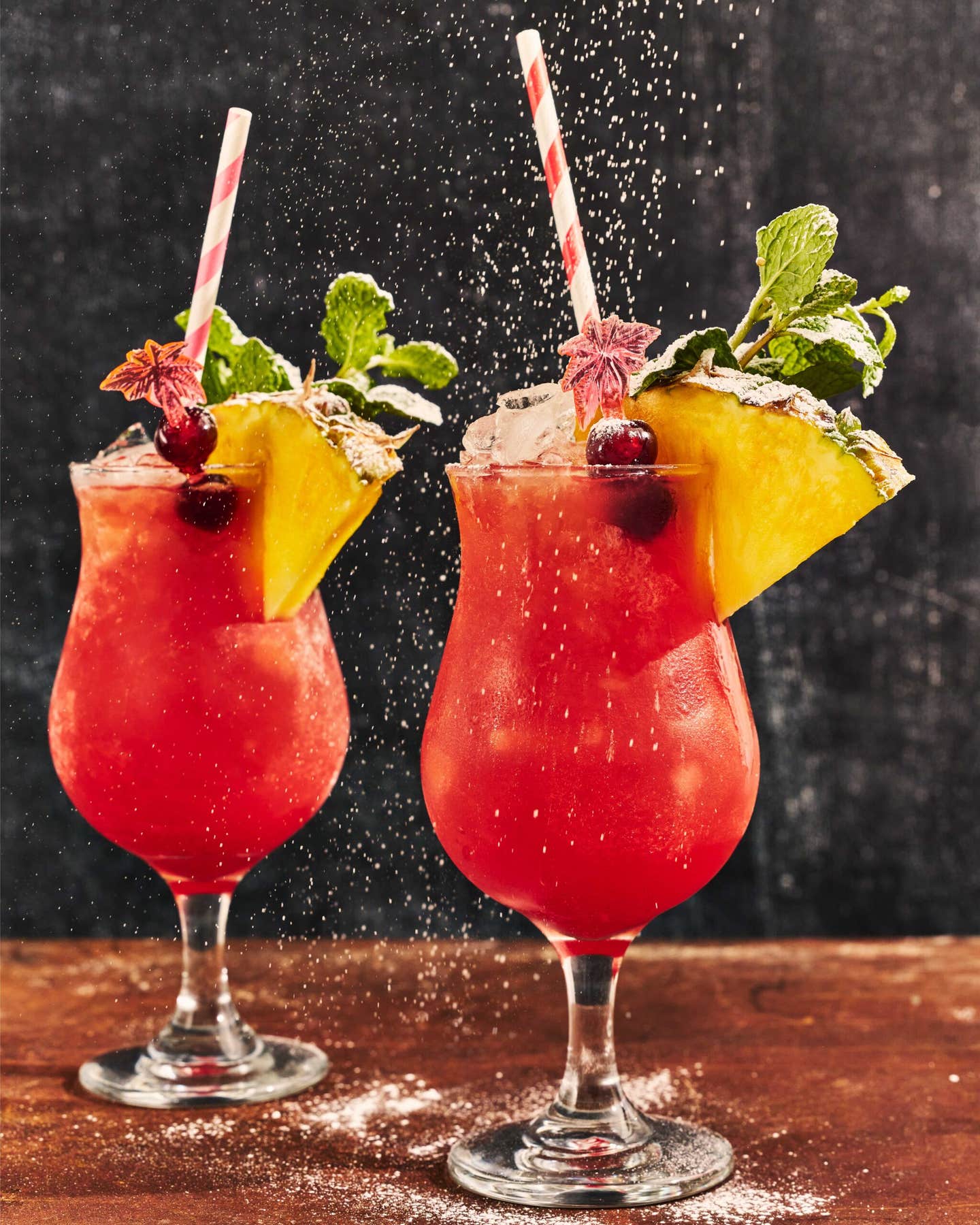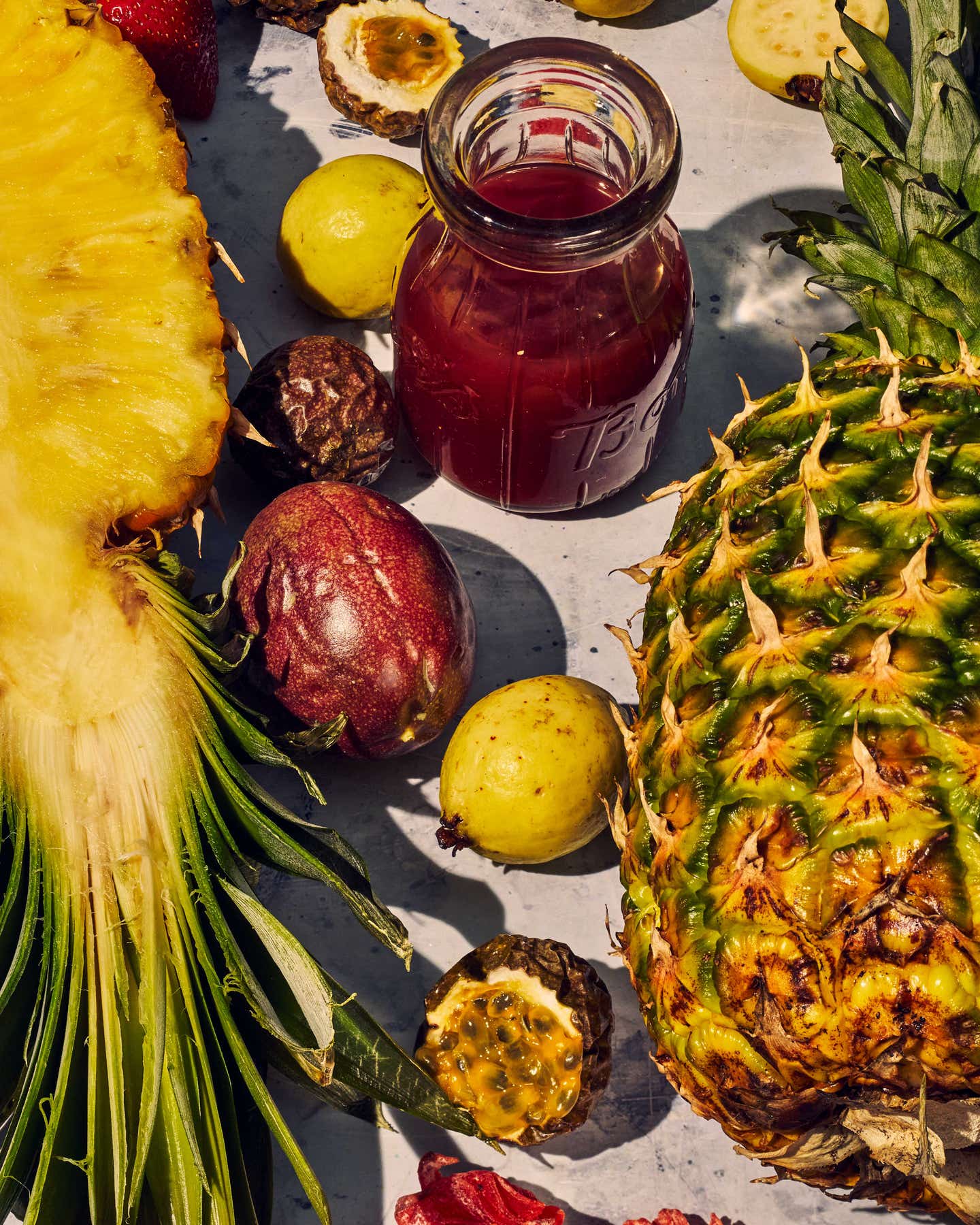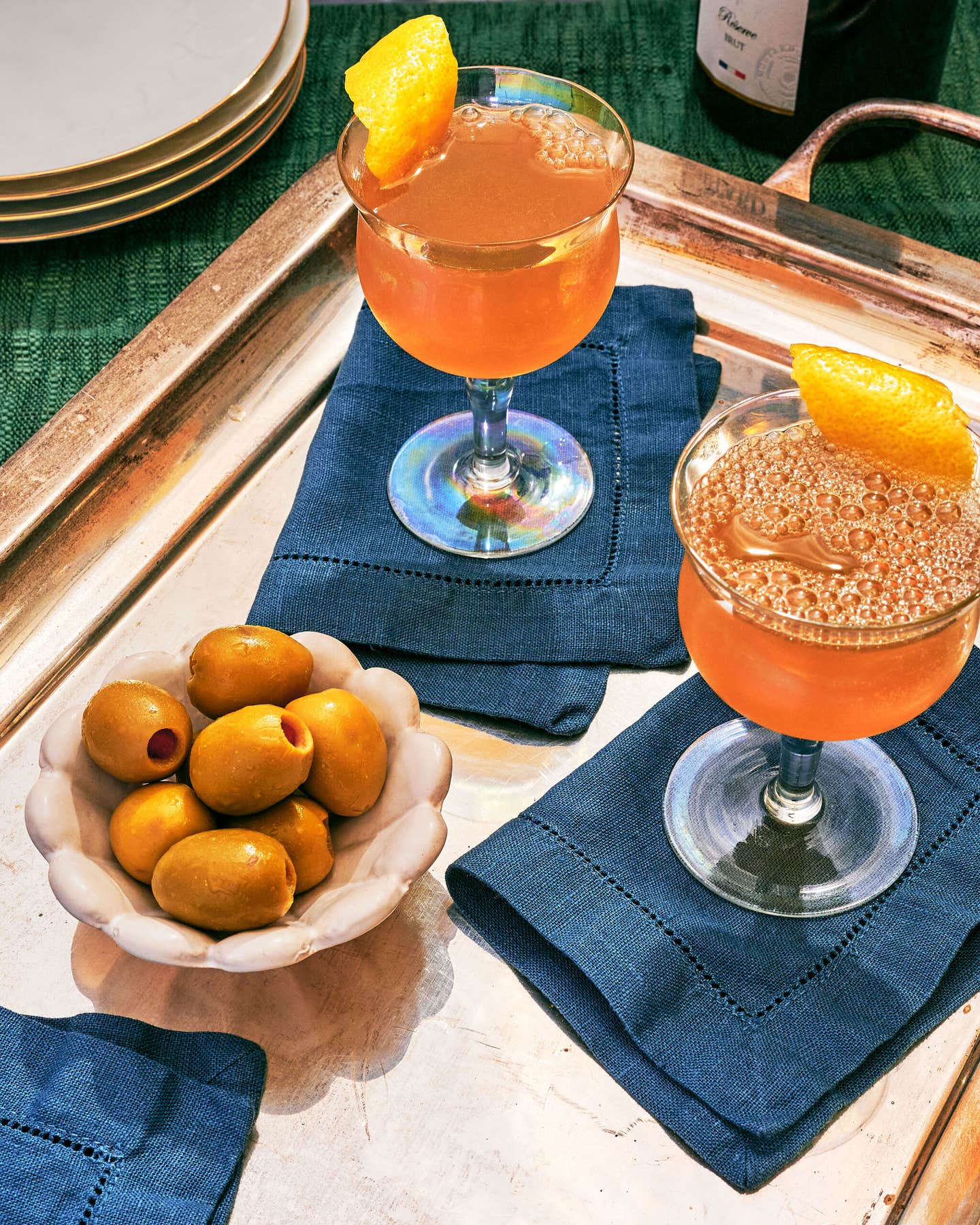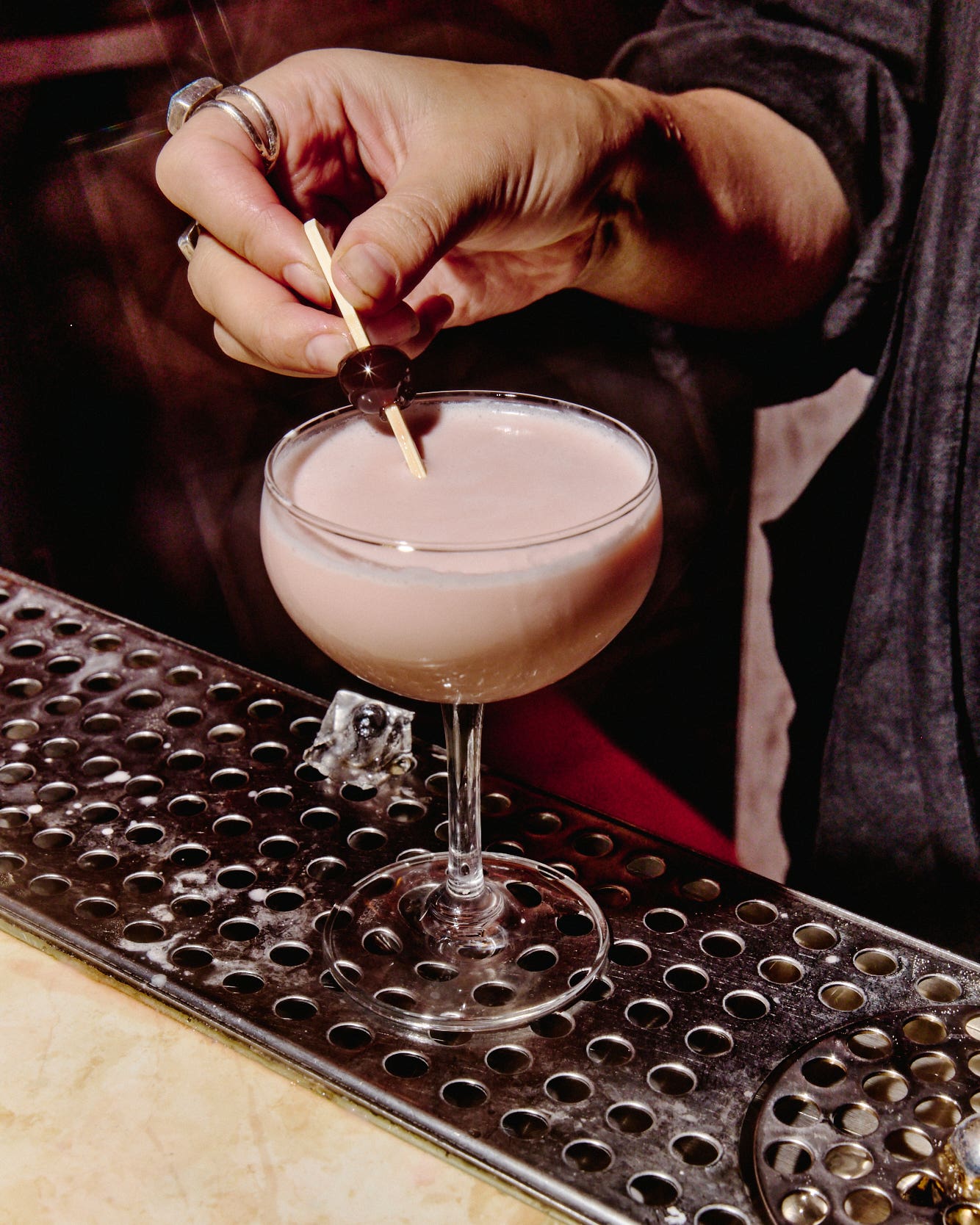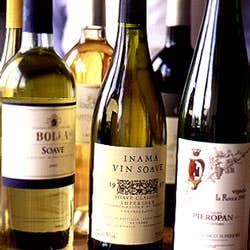
Soave Country
Venetians have a reputation as Italy's greatest wine consumers—and that's saying something. "We drink so much wine," locals sometimes joke, "because we have no water … " The traditional term for a glass of wine in Venice is ombra, meaning "shadow" or "shade"—because in earlier times wine sellers set up shop on the Piazza San Marco in the shadow of the Campanile, to keep their wares out of the sun.
"Let's go to the shade" came to mean "Let's go have a glass of wine." The wine Venetians most often have a glass of these days is quite possibly prosecco—a straightforward, often very charming champagne-method sparkling wine made from the grape of the same name in the regions of Conegliano and Valdobbiadene, north of Treviso. Prosecco is the standard Venetian aperitif; it is a staple at the city's wine bars; it is even the basis for the bellini, Venice's most famous cocktail. As light and easy to drink as it is ubiquitous, it almost always brings smiles to our faces.
Serious oenophiles in Venice, on the other hand, tend to favor the white wines—especially pinot grigio and tocai—of Friuli (the Veneto's enologically distinguished neighbor to the north), and, like almost everybody else in Italy, the red wines of Tuscany and Piedmont. There is also growing appreciation for wines from comparatively little-known regions of the Veneto like Gambellara, the Colli Euganei, and above all Breganze, where Fausto Maculan does extraordinary things with cabernet (both sauvignon and franc) and makes dessert wines that must be classed among the best in the world. But the wine we find ourselves ordering most often in Venice, by far, and the one we think is the best match for most of the city's full-flavored fresh seafood dishes, is soave—which comes from vineyards around the pretty little hillside town of that name, a few miles east of Verona.
The word soave in Italian means "suave" or "smooth"—though some scholars think the wine is named for the Swabians, who settled in the area in medieval times—and for many years, soave was considered, at home and abroad, to be nothing more than a simple, all-purpose, rather bland little white. It might have been the carafe wine at restaurants like Harry's Bar, but in general it was never regarded as anything special, even in Venice. To most of the world, in fact, soave was Soave Bolla—a well-promoted international brand that was always clean, always consistent, never demonstrative, and never far away. "Soave, in a sense," wrote Burton Anderson in his definitive The Wine Atlas of Italy (Simon & Schuster, 1990), "ushered Italian white wine into the modern era, setting the precedent for the national stereotype of light, fresh, fruity, consistent, and affordable."
"The trouble with soave," noted Paolo Barovier, an amiable, easy-going, Venetian-born wine wholesaler (one branch of his family has been blowing glass on Murano for more than four hundred years), "is that for years the big producers used to cut their wines with wines from southern Italy. It is no wonder that Italians refused soave. Now there is real quality, and the price of the best soave is still about half that of the best Friuli whites."
Soave began to become something more than Anderson's "national stereotype" in 1971, when a respected producer called Pieropan released the first single-vineyard version of the wine, made from a traditional blend of garganega and trebbiano grapes, grown on a hillside plot called Il Calvarino, "Little Calvary." At least three-quarters of the soave denominazione (appellation) is planted with high-yielding vines on flat land; the best vineyards, though, are on the hillsides, producing smaller quantities but grapes with much more character—enough character, as Pieropan proved with Il Calvarino and another special bottling, La Rocca, first produced in 1978, to bring real distinction to the soave name. Today there are dozens of single-vineyard soaves.
The denominazione permits up to 30 percent trebbiano (originally a clone called trebbiano di soave, but also now the more prolific trebbiano toscano), and there are plantings of chardonnay, pinot bianco, and sauvignon blanc in the region (as well as some old, obscure local varieties); but garganega often seems to yield the most distinctive and satisfying soaves. Gini, a family-run estate we're fond of, uses garganega exclusively, and Pieropan's wonderful La Rocca and Inama's soave classico superiore (which we prefer to its much pricier special bottlings) are likewise made entirely from that grape. Other top soaves are often 80 or 90 percent garganega.
At its best soave is intensely but not cloyingly aromatic, abundantly fruity, and subtly complex—often with faint hints of minerals or smoke. But it also seems to have something of a chameleon-like quality, showing complementary restraint with such delicate Venetian dishes as risi e bisi or fritto misto, and then standing up proudly to the stronger flavors of sarde in saor, cuttlefish cooked in its own ink, even fegato alla veneziana. To us, it is the ultimate Venetian wine.
Keep Reading
Continue to Next Story
